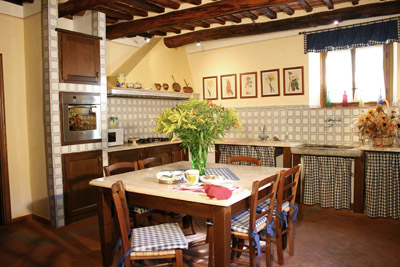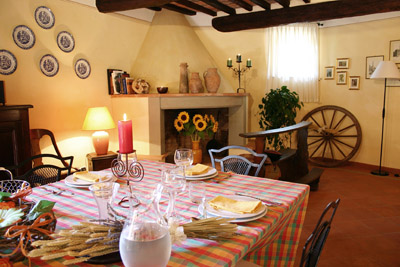
The aqueduct is the great work of architect Lorenzo Nottolini, and it has made its name known to everyone.
It can be seen from the main roads that cross the plain to the east and from the Firenze-Mare motorway near Lucca. It is permanent feature of the views from the hills.
The construction of the aqueduct was ordered by Maria Luisa of Bourbon on 7th october 1822, and the work continued without interuption until 1828. The area of the springs was entirely remodelled and eighteen springs were tapped.
The work also involved the valleys of the Rio di San Quirico and the Rio della Valle, with excavations, the construction of embankments, containment walls, hard shoulders and weirs; the beds of the two rivers were surfaced to create water routes; bridges with steps leading up to them were built to join the two banks of the rivers; temple like entrances to the tunnels were huge water filters and is known as the “wasps nest”; pipelines were also laid inderground and a control road was built as far as the top tank; a house for the “spring attendant” was also built.
A control road was also built and it runs alongside the aqueduct arches from the spring area to the centre of Lucca.





